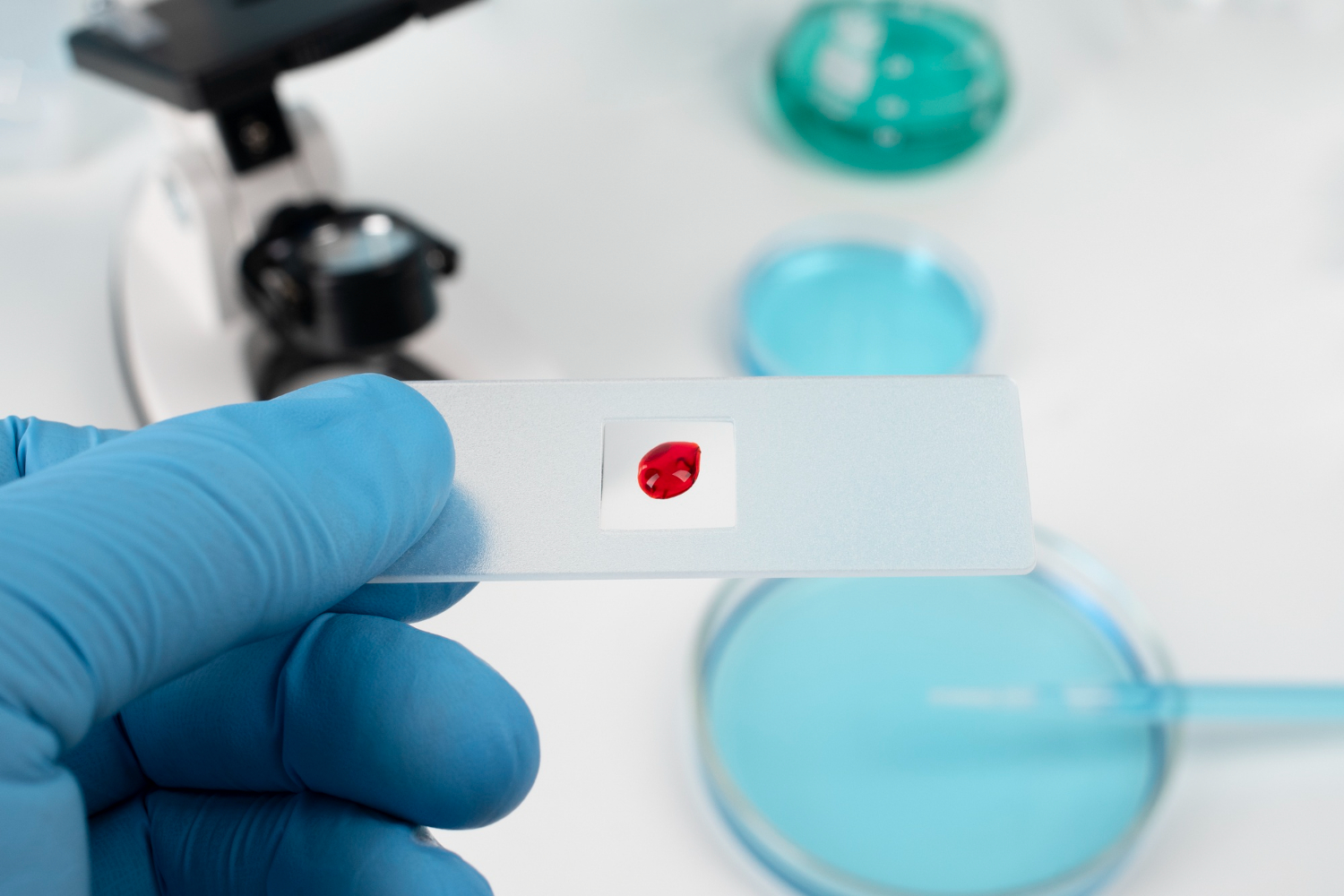They promised healing. They delivered heartbreak.
Across the globe, a new breed of medical scam is gaining traction, preying on the sick and vulnerable: unregulated stem cell clinics. Glossy websites, influencer endorsements, and slick YouTube testimonials promise the miraculous—cures for conditions science hasn’t solved yet. Chronic pain? Parkinson’s? Spinal injuries? Just wire the money and book a flight.
These “miracle” treatments sound like science fiction, and in most cases, they are. While stem cell research is a legitimate and exciting field, most therapies remain in early trial stages, highly regulated by agencies like the FDA. But shady operators have weaponized that promise, pushing unproven treatments through loopholes in foreign markets, and occasionally even domestically under dubious exemptions.
What’s being injected into patients? In many cases, no one knows. Extracted stem cells from amniotic fluid, fat, or even questionable lab sources get stored in unsanitary conditions and administered by people with no real medical qualifications. The pitch is always the same: “It’s natural. It regenerates. It’s the future of medicine.” What they don’t advertise are the infections, allergic reactions, worsened conditions, or complete lack of effect.
Patients, desperate for relief and often turned away by mainstream medicine, become ideal targets. And it’s not just seniors or the terminally ill. Parents of autistic children, athletes trying to recover faster, and people chasing anti-aging dreams all find themselves funneled into these clinics through social media funnels and “before/after” miracle stories.
But there’s rarely an “after.” Just drained bank accounts and sometimes, irreversible damage.
The global stem cell gray market thrives because enforcement is fragmented. Clinics jump between countries or operate in free zones. Some hide behind research disclaimers while others offer under-the-table “medical vacations” paired with sightseeing packages. And when things go wrong, there’s no patient protection, no malpractice recourse, and often no clinic left to contact.
Medical authorities have been issuing warnings, but they can’t outrun the speed of viral testimonials and influencer ads. Regulators are playing catch-up while scammers stay one step ahead—changing names, logos, and locations like a global game of whack-a-mole.
So, how do you protect yourself?
Look for red flags: clinics that guarantee results, dodge questions about regulation, or rush you into payment. Real doctors won’t pressure you with limited-time offers. And real science doesn’t need Instagram filters to prove it works.
Unregulated stem cell therapy isn’t medicine. It’s marketing. And when hope is sold without proof, it’s not innovation—it’s exploitation.

